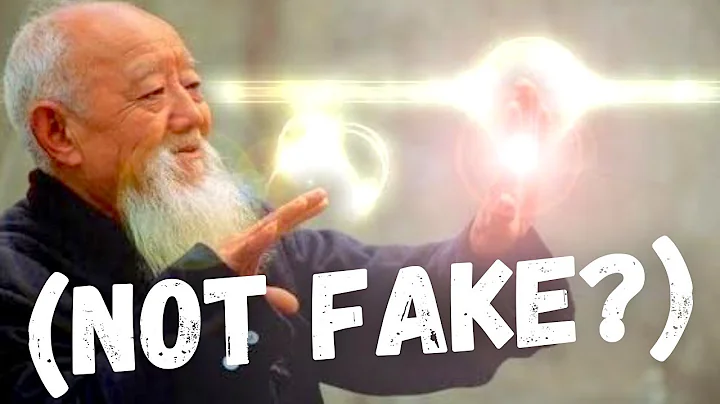practitioners who have been in contact with yoga know that yoga is a collection of many movements and asanas. Different yoga schools have different movements, and there are variations between different movements, so in the final analysis, yoga is indeed the same Asanas can’t get rid of the relationship , but in the process of practicing yoga, we use various movements to improve our physical fitness. For example, forward bending is used to flex the spine and lumbar spine, and Dabai is used to stretch back muscles. , And sitting angle is to open the hips to practice the legs. Because of this, some people have raised a question, is it the body or the movement to practice yoga?

Here I want to say: " asana is the way, and the body is the goal ". We want to achieve the purpose of exercising through standard movements and subtle asanas. In this process, you may become obsessed with beautiful movements. This does not conflict with the purpose of exercise. Whether it is physical or asanas, follow Our heart is enough, we don't need to worry about it.

Yoga is an exercise that requires long-term persistence. If your love for asanas can go deep into the daily routine, then the body will be significantly improved during the day-to-day exercise, and the movements will also be done. More standard and beautiful, Let’s look at a few classic yoga movements to lay a solid foundation and improve quality.

cat breathing training ,Prepare for kneeling on all fours. Put the tips of your fingers forward and just below your shoulders, and your legs below your hips. The instep and toes are compacted. The elbows are slightly bent and the elbows are facing each other. Keep your abdomen always when you inhale slowly. Softly inward, let the chest cavity against the chin;
still maintain the contraction of the abdomen when exhaling slowly, consciously let the thoracic vertebrae upward, and the lower jaw slightly retracted, do dynamic, small-scale cat breathing exercises 5 times, according to you Breathing method and breathing rate are carried out. When exhaling, the thoracic spine is slightly inward and upward. After completion, the four-legged kneeling support is restored again.

Warrior 2- crescent style series (left), exhale, drop both hands, put your left foot on both sides of the hook, and put your left foot on the right side first. With the left knee, when you exhale, turn your left heel inward and step on the floor. Exhale again and stretch your arms to straighten your right leg. Stand on the mat again. Turn your right toe forward and your left toe to the left, straighten your back and inhale your arms. Open laterally, exhale and bend your left knee;
The hips sink vertically to Warrior's second position, stay for 5 breaths, the entire spine is vertical with the sitting bones down, the two shoulders sink down, and the fingertips of both hands Continue to stretch far away, abduct the knee of the left arm, and close the left hip. When you exhale again, place your hands on both sides of your left foot, and your body is bent down; Down, flatten the back of your right instep, gently press the floor, push your left foot down when you inhale, raise your arms above your head, stop breathing for 3, 2, and 1, the hip joints sink slightly, and your chest rises. If possible, go to the eyes Look in the direction between your fingers, and stabilize your left thigh for the last time.

Dabai style ,Exhale slowly, bend your knees slowly, push your hands up in turn, look for the heels of your hips, flatten your insteps, open your knees, and place your waist on the inside of your thighs. Stay here for 5 sets of breaths;
Feel the hips Keep stretching backwards, pay attention! Always maintain the contraction of the abdomen, relax our back and all parts of the body, if you can abdominal breathing , you can use abdominal breathing to adjust the state in the Dabai style to completely relax for the back To prepare for the exercises.
.










